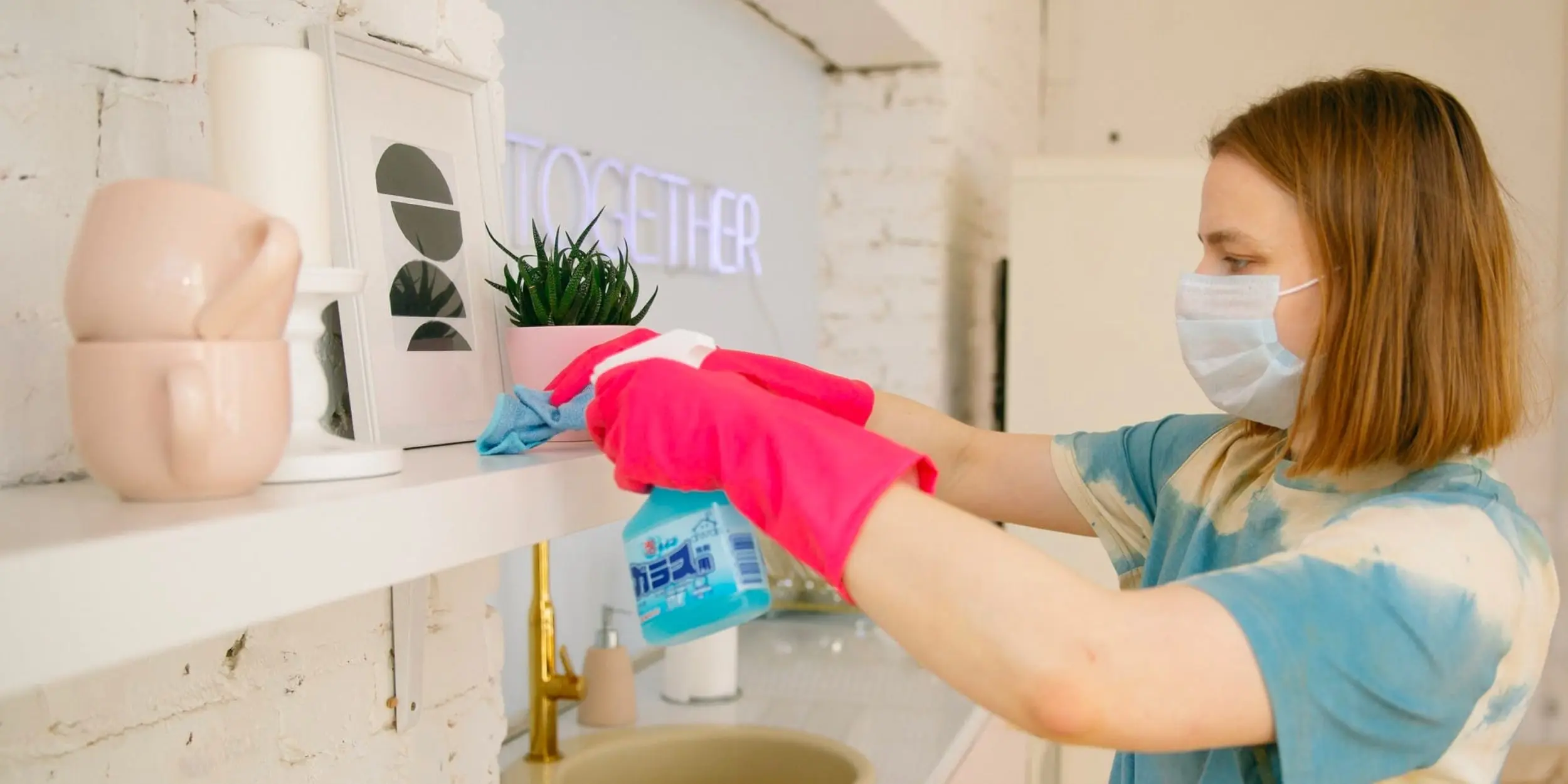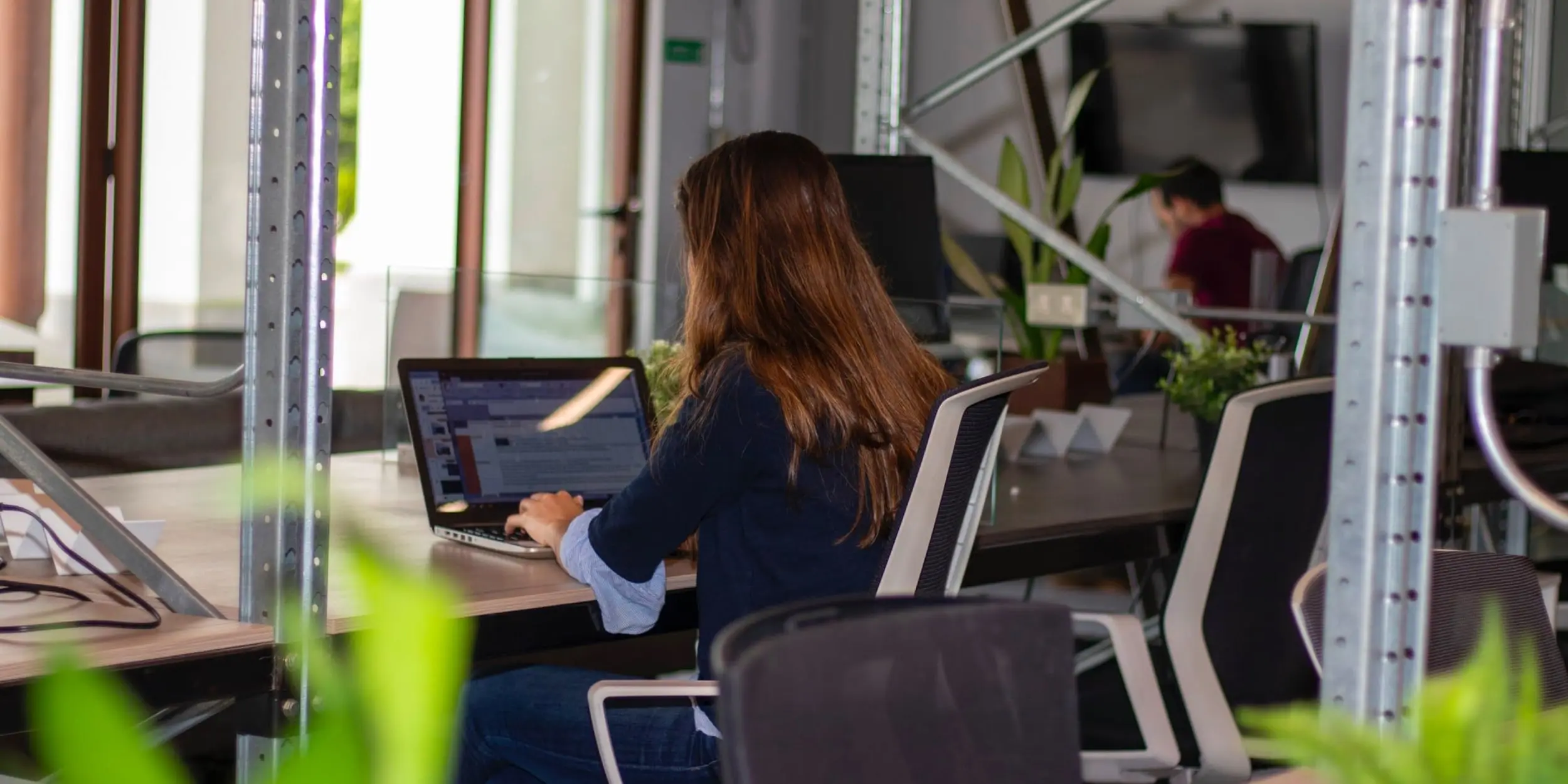
By now it’s become clear that the COVID-19 pandemic has caused major disruption to everyone’s working lives, across the world. These disruptions won’t last forever but in the long-term the lessons learned from them will undoubtedly reshape the way we work. Smaller in-office staff numbers, more working from home, and increased e-meetings are just some of the longer-term changes that will likely remain part of our daily working lives. As a result, businesses around the globe are looking at coworking and its workplace flexibility as part of the new normal.
To understand the way life is changing and prepare for what’s to come, we took a deep dive into what the industry is saying about the future of work post-pandemic, and particularly how coworking will play a big part in it. In the 2020 Future of Work Report, Coworking Insights found that nearly every respondent required to work from home for the first time during the pandemic enjoyed the experience, rating it on average 70 out of 100. What’s more, almost 88% said they’d recommend it to a family member or friend, indicating a ripple effect of acceptance towards a work-from-home lifestyle.

The report also found that first-time remote workers largely supported trying out a coworking space or shared office after lockdowns were lifted. Nearly 55% of respondents said they would likely consider joining a coworking space in the near future. This makes sense when you consider the many ways in which coworking has been shown to improve our well-being and comfort when working from home. This includes:
- Reducing commutes while offering all the office amenities you might miss
- Creating a sense of community and human connection, which is often lacking when working remote
- Increasing productivity by providing a variety of spaces for work, meeting, and collaboration
Remote work will remain

The pandemic has forced people to work from home, and it’s likely to stay that way when it’s over. In June 2020, the McKinsey Institute polled eight hundred executives in the IT and Technology sectors. They found that more than 30% of them expected at least a tenth of their employees to work remotely two days a week or more after COVID-19 – a large jump from just 22% pre-pandemic.
This is largely because people are quickly adapting to remote work, making this shift a lot less stressful than many organizations were concerned it would be. This is bolstered by a significant surge in the number of digital tools and technologies being released to support the transition. As Google CEO, Satya Nadella, recently pointed out, “We’ve seen two years’ worth of digital transformation in two months.”
Kate Lister, President of consulting firm Global Workplace Analytics had this to add: “Once [employees experience remote working], they’re going to want to continue. In reality, whether you’re nine feet, nine floors or nine miles away, you’re probably communicating with colleagues remotely.”
Kate is right. When polled, the majority of people indicated they would prefer a greater level of workplace flexibility in the future, having benefited from a better work-life balance, increased productivity and improved well-being while working from home during lockdown. At this point, there’s no doubt that attitudes to flexible working are changing rapidly both at a corporate and individual level.
The workforce wants flexible work options
As a result of this growing awareness and enjoyment of workplace flexibility, industries around the globe are taking note and starting to tout flexibility as a benefit to attract top talent. This presents the coworking industry with a powerful opportunity to tap into the lucrative enterprise market, due to its unique ability to provide both flexibility and a professional work environment.

Talented individuals will seek out companies that offer employees the option to work from a coworking space, as the ability to manage their workload in their own time at all-hours will be a benefit they will want to keep post-pandemic. 55% of remote workers intend to join a coworking facility to augment their remote working and work-from-home plans. This is prompting some coworking providers to offer more flexible options for an anticipated surge in demand.
However, people don’t want to commit to just one coworking space. Michael X of WeWork believes customers will want even more flexibility from their coworking space. Customers will want a lower commitment day-access membership option, so that they can remain mobile in where they work.
“WeWork has begun to offer on-demand rentals from non-members at some locations,” he states. “…people wanted flexibility, and the only way they could get flexibility was to go down to the Starbucks and open their laptop. That's really what this day-use concept is all about. It's about giving those additional professionals coming in a place for a day without the commitment.”Michael X, WeWork
Community remains, as always, essential
Things might be a little slow at first as people come back from the pandemic. During this time, community strength will be essential in helping people reconnect and build new networks. It will also be a time to support each other.

Every kind of member, from business owner to entrepreneur, will need deeper social networks and more local connections, in order to regain their footing. Some businesses may have held on by a thread, some may not recover, but a community hub like a coworking space will continue to provide a groundwork to build up from. From there, people can connect, rebuild their networks, and start something new.
“Businesses and individuals find that working in shared spaces increases their commissions and connections, which expands their business, creates jobs and stimulates the economy. Entrepreneurs, business owners, and workers need these social networks and local connections found in coworking clubs more than ever to recover.”Eva Ravenstein, Communications Leader at KWENCH
Facilities will, however, need to retain or revamp their image of healthy, well-designed spaces where people can join an already well-connected and established community. This will undoubtedly become the main attractor for valuable, talented individuals looking for a new space to grow from, and the opportunities that are presented with potential employers.
Safe spaces to work will reign supreme
Implementing certain technologies, like temperature scanning and contact tracing, will help your place stand out. They’re becoming more widespread now, and some workers will require a workplace that implements a higher level of monitoring.

This will certainly set some coworking spaces apart. As a clear demonstration of care for a space’s members, heightened monitoring will ease health and safety concerns that returning members will have post-pandemic. While it may cost a little more, the addition of hand sanitizing stations, daily cleaning, temperature scanning and contact tracing, will give those coworking spaces a competitive advantage among the post-pandemic workforce.
It will be an undeniable signal that this space has its members health front of mind.
“I think that shared workspace operators will start to become much more focused on cleaning procedures and communicating/signalling to members their efforts to maintain a clean environment.”Jamie Russo, Global Workspace Org
The post-pandemic workforce will benefit from coworking

There’s no doubt that the ‘new normal’ of remote work will remain a mainstay of business life long after the pandemic is over. In all of this, coworking will offer people opportunities that working from home or the traditional office cannot;
- A flexible workplace option that allows for a change of scenery while providing all of the amenities of the office
- A place for networking, where people can join a strong community of potential allies in recovery and new ideas
- A reliable, safe, and secure facility from which they can conduct their business without discomfort or concern
This article features many perspectives on the future from globally recognized individuals and organizations, but we’re really interested in what you have to say. So please take a moment to fill out this quick questionnaire!



